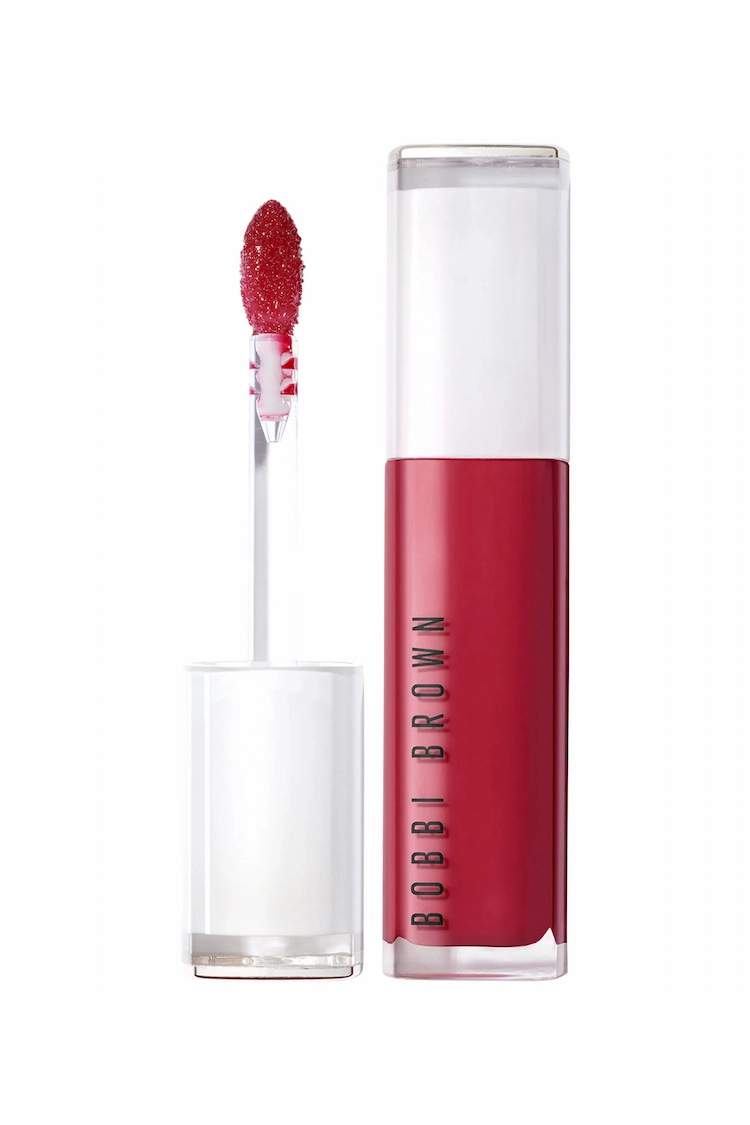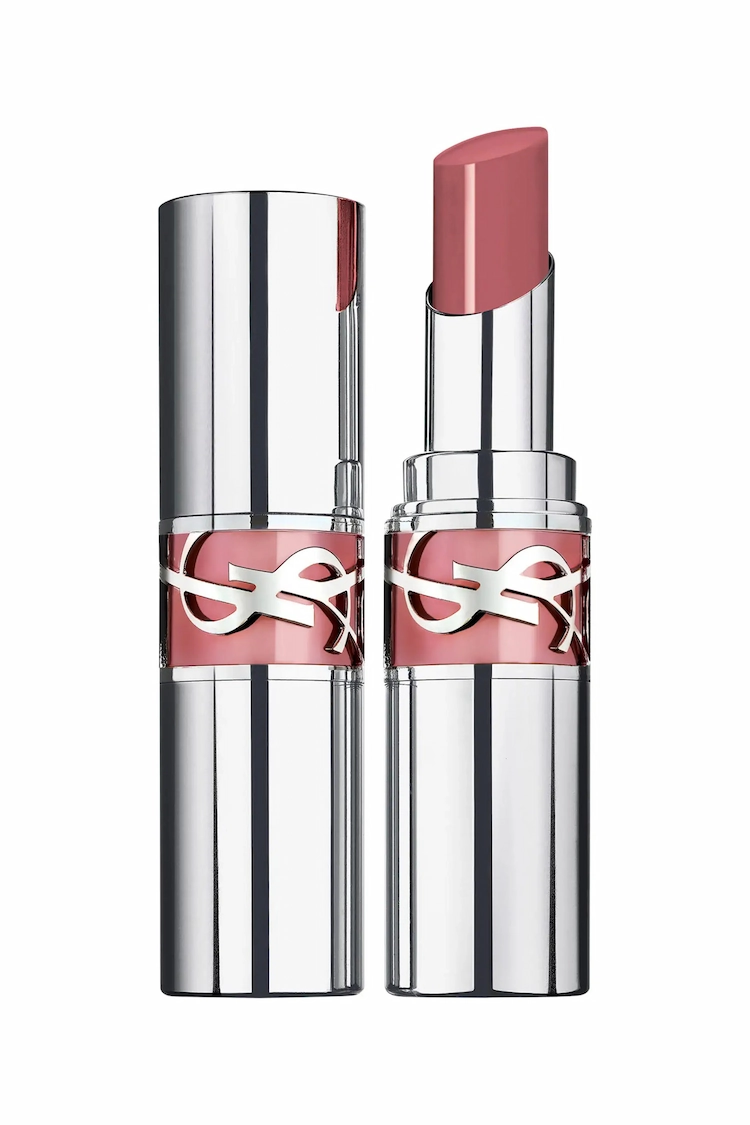
We thoroughly assess all products before recommending them. We may be compensated if you choose to buy through links on our site.
Question: Can You Use Expired Lip Oil?
Answer: You should not use expired lip oil. Expired oils can harbor bacteria, leading to irritation or infection. The formula may also separate or go rancid, changing its smell, texture, and effectiveness. For safety, it’s best to discard it.
Using an Old Lip Oil
We have all been in this situation. You clean out a purse or a makeup drawer and find a long-lost treasure. A beautiful lip oil, barely used, glows in its chic little tube. You remember how much you loved its glossy finish and hydrating feel. A quick glance at the bottom, however, reveals a date that has long passed. This discovery brings up an important question about if you can use expired lip oil. Unlike powders or pencils, liquid products present a different set of concerns. The oils, pigments, and preservatives within these formulas change over time. This guide will explore the safety, signs of spoilage, and science behind your lip oil’s lifespan.
Many people believe that oils have a longer shelf life, which can be true in some cases. However, cosmetic formulations are complex. They contain more than just simple oils. These products have botanical extracts, vitamins, and other ingredients that can degrade. Understanding what happens to your lip oil after its expiration date is key to protecting your health. Using a product past its prime is not just a matter of reduced quality. It can pose real risks to your skin and overall well-being. Before you swipe that old applicator across your lips, let’s examine what you need to know.

Best Lip Oils
Lip Oils
From gentle toning to intense color correction, these lip oils offer targeted solutions for blonde and highlighted hair...
Your Product’s Lifespan
Every cosmetic product has a recommended period for use. Manufacturers communicate this information through specific symbols on the packaging. The most important one to find is the Period After Opening (PAO) symbol. This icon looks like a small, open jar with a number followed by the letter “M” inside, such as “12M” or “24M”. This symbol tells you how many months you can safely use the product after you first open it. Unsealing the product exposes it to air and bacteria, starting the clock on its decline. For most lip oils, the PAO is typically between 6 and 24 months, depending on the formulation and preservatives used.
An unopened lip oil, stored correctly, can remain stable for a longer period, often two to three years from its manufacturing date. Some products will have a clear expiration date printed on the box or the container itself. This date indicates the final day the manufacturer guarantees the product’s safety and efficacy. After this date, even if the product is unopened, its ingredients may start to break down. The preservatives might lose their power, leaving the formula vulnerable to microbial growth once you do open it. Always check for both the printed expiration date and the PAO symbol to make an informed decision about your product’s safety.
Related Article: Should You Put Lip Oil Over Lip Balm?
Related Article: Does Lip Oil Expire?
The Hidden Dangers in That Expired Tube
Applying an expired lip oil might seem harmless, but it carries potential health risks. The most significant concern is bacterial contamination. Over time, the preservatives in the formula lose their effectiveness. This creates a welcoming environment for bacteria, mold, and yeast to grow. Every time you use the applicator, you transfer microbes from your lips into the tube. Without active preservatives, these microbes can multiply rapidly. This can lead to unpleasant lip infections, cold sores, or even more serious conditions like impetigo if you have any small cuts or cracks on your lips. The dark, moist environment of a lip oil tube is an ideal breeding ground for these microorganisms.
Beyond bacteria, the chemical composition of the lip oil itself changes. The oils can oxidize, a process that makes them go rancid. Oxidized oils can cause skin irritation, inflammation, and allergic reactions like contact dermatitis. You might experience redness, itching, swelling, or small bumps on and around your lips. Any beneficial ingredients in the formula, such as Vitamin E or other antioxidants, will have degraded. This means the lip oil will no longer provide the nourishing and protective benefits you bought it for. Instead of hydrating your lips, it might dry them out or cause an adverse reaction, defeating its original purpose entirely.
Key Signs Your Lip Oil Has Spoiled
Your senses are your best tools for determining if your lip oil is no longer good. You do not need a lab to check for spoilage. You can perform a few simple checks at home to assess the product’s condition. These checks will help you decide whether to keep or toss your old lip oil. Trust your instincts; if something seems off, it probably is. Ignoring these signs can lead to the issues discussed earlier.
-
Check the Scent
The first and most telling sign of a spoiled oil is its smell. Fresh lip oils usually have a pleasant, faint scent from their ingredients or added fragrance. When the oils inside begin to oxidize and go rancid, the smell changes dramatically. It might smell waxy, like old crayons, or have a sharp, chemical, or sour odor. If the product smells anything other than how you remember it, that is a clear signal that its chemical structure has changed. Do not apply a product that smells bad, as this is a direct indication of degradation.
-
Observe Its Appearance
Next, look closely at the lip oil through the tube. A new lip oil should have a consistent color and clarity. An expired one may look different. You might notice the color has changed, perhaps becoming darker, yellower, or cloudy. Another major red flag is separation. If you see distinct layers of oil and pigment that do not mix back together when you shake the tube, the emulsifiers in the formula have broken down. The product is no longer stable, and you should not use it.
-
Feel the Texture
The texture of the lip oil is another critical indicator. You know how the product should feel on your lips: smooth, silky, and hydrating. An expired lip oil may feel different when you swatch it on the back of your hand. The texture could become thick, sticky, or goopy. It might also feel gritty or grainy. Conversely, it could become unusually thin and watery. Any significant change from its original consistency means the formula is compromised. Applying a product with an altered texture will not provide a pleasant experience and could be a sign of spoilage.
Maximizing the Freshness of Your Lip Products
Proper storage is essential for extending the life of your lip oil and ensuring it remains safe to use until its PAO date. The primary enemies of any cosmetic product are heat, light, and air. You should store your lip oils in a cool, dark, and dry place. A bedroom vanity drawer or a dedicated makeup organizer is a far better choice than your bathroom cabinet. Bathrooms experience constant fluctuations in temperature and humidity from showers and baths. This environment can accelerate the breakdown of preservatives and promote the growth of mold and bacteria within the tube. Keep your products away from direct sunlight, as UV rays can degrade the sensitive ingredients and oils.
Handling your lip oil correctly also plays a vital role in its longevity. Always make sure the cap is screwed on tightly after each use. This simple step limits the product’s exposure to oxygen, which causes the oils to oxidize and go rancid more quickly. Use the provided doe-foot applicator on clean, dry lips to minimize the transfer of bacteria and food particles into the product. If you are sick or have a cold sore, avoid using the product directly from the applicator. Instead, dispense a small amount onto a clean palette or the back of your hand and apply it with a separate, clean lip brush or a disposable wand.
When It Is Time to Say Goodbye
The decision of whether you can use expired lip oil comes down to safety. While it can be painful to throw away a product that is not empty, especially if it was expensive, your health is more valuable. The risks of using a spoiled product, from minor irritation to a serious infection, are not worth it. If your lip oil is past its expiration date or PAO date, the safest action is to discard it. The same rule applies if it shows any signs of spoilage, like a bad smell, a change in color, or a different texture, regardless of its date. Think of makeup expiration dates like those on food. You would not drink milk that smells sour, and you should not apply lip oil that seems off.
Make it a regular habit to go through your makeup collection every six months. Check the dates on all your products, especially liquids and creams like lip oils, glosses, and foundations. This practice helps you keep your collection fresh and safe. It also helps you take inventory of what you have, preventing you from buying duplicates and allowing you to rediscover forgotten favorites that are still good to use. Protecting your lips is simple. By being mindful of expiration dates and storing your products properly, you ensure that every application is safe, effective, and beautiful. When in doubt, always throw it out.


